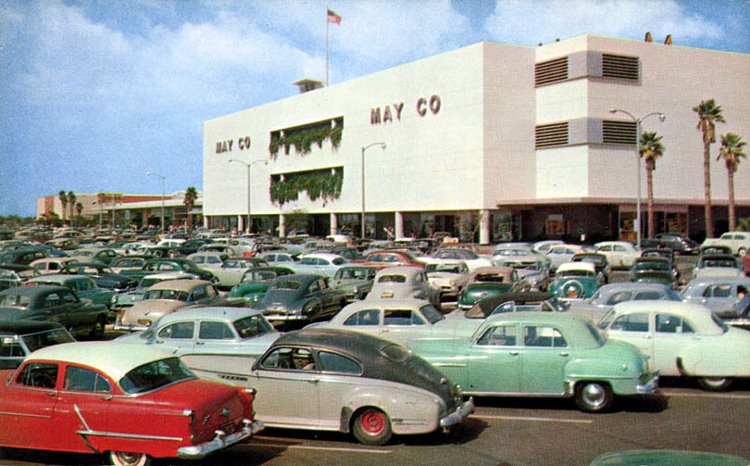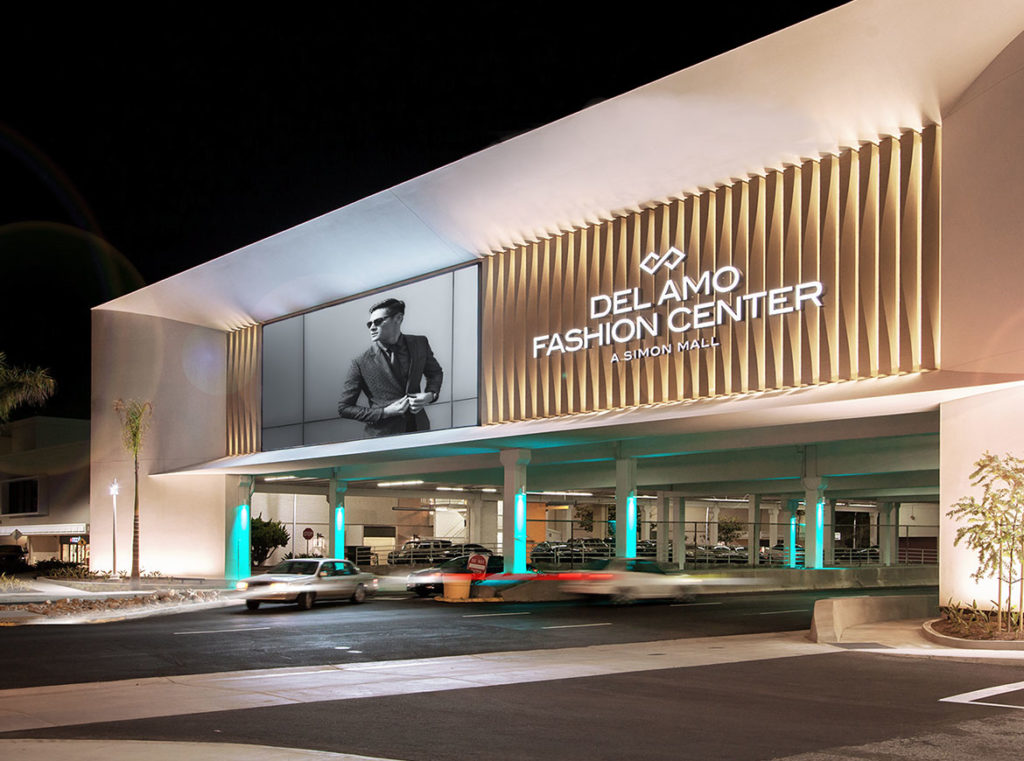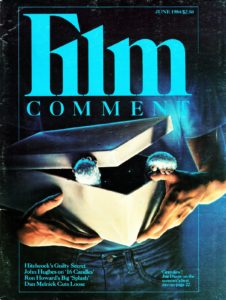
I’ve been fascinated with shopping malls ever since my childhood. Before I could drive, I bugged my parents to take us to the mall. It was the place where I fell in love with the movies, witnessed the latest fashions, wasted quarters at the video arcade and had a few adventures of my own.
The first outdoor shopping mall in the US was Lakewood Center in Lakewood, California, built in 1951. A year later, Victor Gruen, a Viennese-born architect was commissioned to build the first fully enclosed, climate controlled shopping center. Gruen had designed retail spaces before and saw the future of shopping areas, but none of his visions ever came to fruition. This commission was a chance to make good on his ideas.
Located in Edina, Minnesota, Southdale Center opened to the public in 1956. Southdale contained a feature we all take for granted today — a large center court capped by a skylight. Can you imagine a mall without this? Other enclosed malls would follow, the King of Prussia mall outside of Philadelphia came along in 1963. In Dallas, Northpark Center would debut in 1965. Definitely an American creation, the mall would become a meeting place for bored youth and consumers looking for a one stop shopping experience.

The same, but different
Whenever my family traveled to other cities during summer vacations, my sister and I always had a request. Whether we were in Dallas, Phoenix or Houston, we wanted to see what the local mall had to offer. “They’re all alike,” my dad would counter, “Just the same old stores!” They were not, we argued. How could they be? Different regions of the country had different chain stores. They were built differently. Nowadays that’s not as true with homogenization taking over.
Who can forget hanging out with friends at the video game arcade playing Centipede and Tempest? Buying the latest fashions from Chess King? Working up the nerve to talk to the girl from Hot Dog on a Stick? My friends and I could walk the mall for hours and often did.
The movie memories of my youth are intertwined with mall experiences as well. There were only a few standalone movie theaters in town. The rest were located in malls. Quite a change for my parents, who grew up with the drive-in and the movie palace. I can even remember the malls where I saw the films I grew up watching.

I bought my first issue of Film Comment (with Gremlins on the cover) at the Whitwood Mall in Los Angeles. Saved up my allowance and lawn mowing money to buy the Star Wars Album and Star Wars Sketchbook at B Dalton in Cielo Vista Mall. The first broadcast TV camera I ever saw was at the Cielo Vista Mall, where they taped live remotes for the Jerry Lewis Muscular Dystrophy telethon.
Micro cultures evolved at the mall, ranging from “mall rats” to “mall walkers.” Mall culture became pop culture, affecting music, television and movies. The mall was a gathering place. Not just for bored teenagers, but for survivors hiding from the zombie apocalypse in Dawn of the Dead, for mad scientists demonstrating their time machine in Back to the Future and for black suited felons evading police during a crazy car chase in The Blues Brothers. The shopping mall was a place to see and be seen.
Different times
Are shopping malls as popular as they used to be? The demise of the brick-and-mortar retail store has contributed to many malls closing or being abandoned altogether. Some areas, hit hard by the bad economy and stagnating wages and crime, have caused retailers to leave the once bustling mall environment. When an anchor store like Sears or J.C. Penney leaves a mall, the remaining stores struggle with increasing rents and less foot traffic.
With fewer malls being built, the larger ones appear to be thriving for now, many of them remodeling and rebranding in order to attract more consumers. On the other hand, dead malls are becoming commonplace, but some have found second lives as office spaces, churches and community centers. Mall developers have learned to adapt or die, but will there ever be anything again like the shopping mall?
What are some of your favorite mall memories?

Leave a Reply